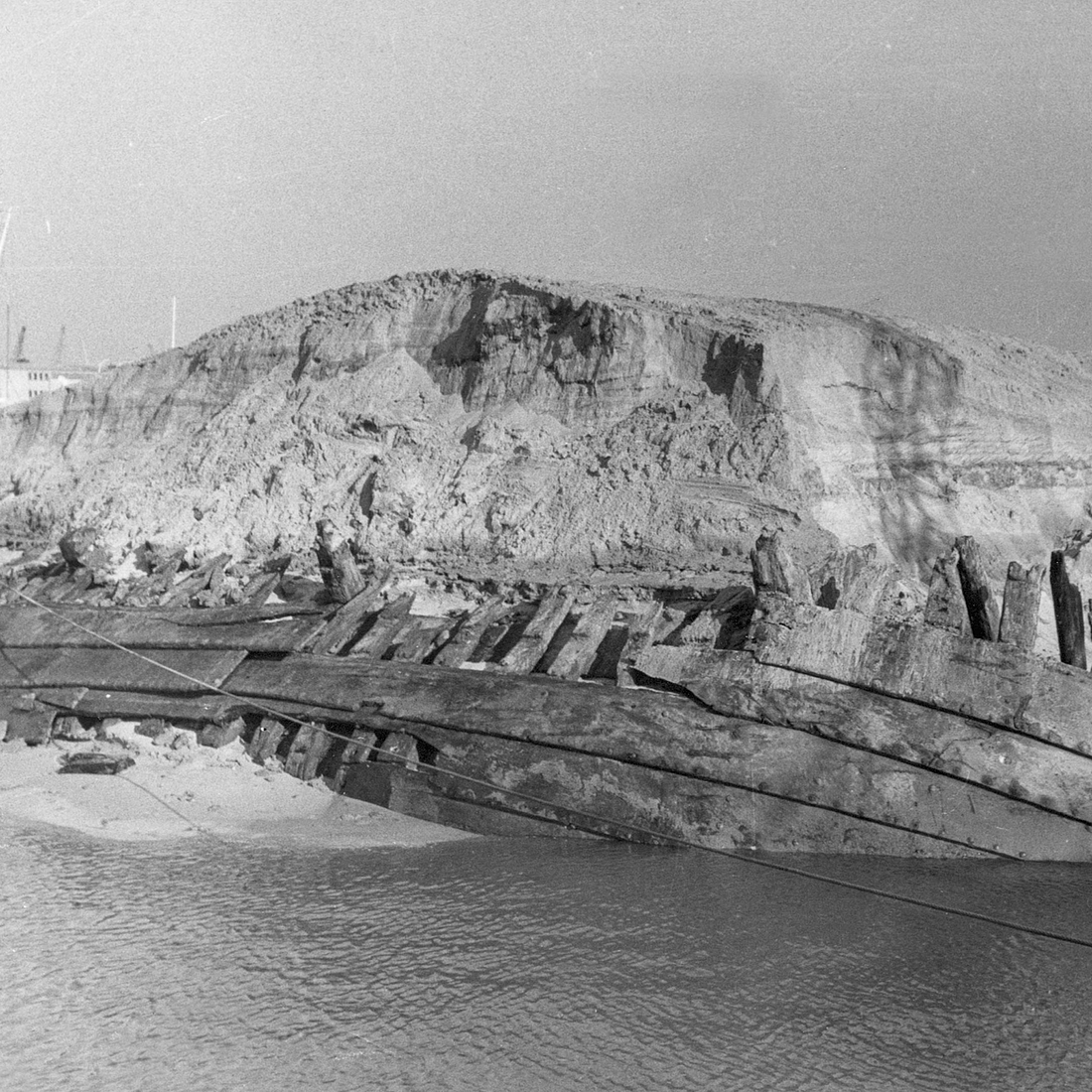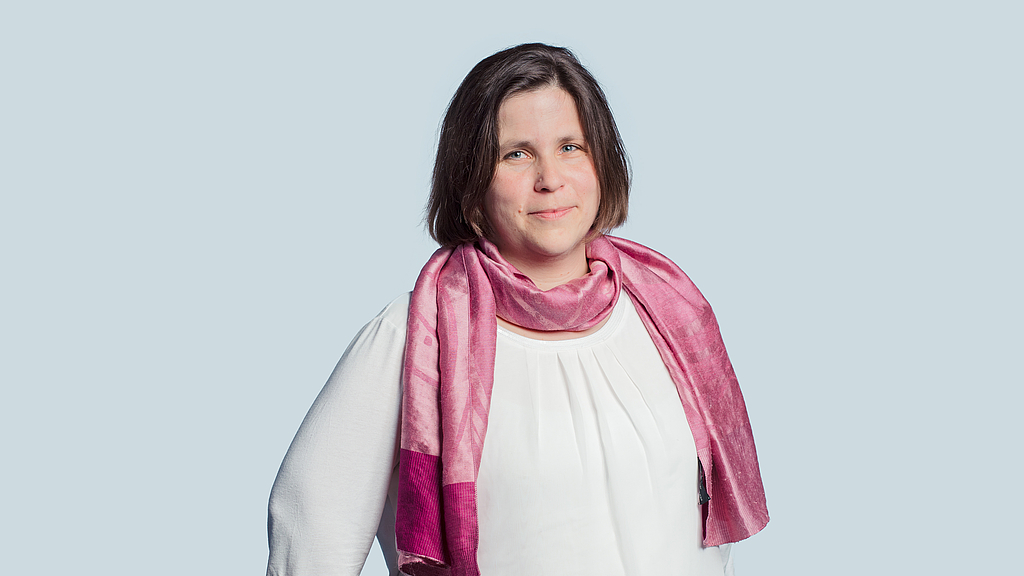Research Object "Bremen Cog"
The salvage of the wreck from the port area in Bremen Rablinghausen was the beginning of a research history that continues to this day. We cordially invite you to accompany us on this journey!
The history of research on and about the "Bremen Cog" began as experimental basic research for the conservation of the wooden wreck. Only in 2000, 38 years after the sensational discovery in the Weser, the conservation with the synthetic wax polyethylene glycol (PEG) was finished and the "Bremen Cog" could be shown free-standing for the first time. Today, modern methods of preventive conservation such as photogrammetric investigations are applied. In a research project on three-dimensional preventive conservation, an attempt is being made to develop methods to detect possible deformations of the wood at an early stage and to be able to initiate appropriate measures to protect the object.
Another currently running project deals with the symbolic meaning and pictorial history of "cogs" in the 19th and 20th centuries. How are the numerous "cog articles" in our collection, or those that are widespread in everyday culture, related to the ship find? Did the image of the wreck change the perception associated with the term "cog"? Or did the symbols, interpretations and allegories associated with the "cog" even before its discovery influence the interpretation of the wreck in such a way that the analysis of its materiality did not allow any other conclusions than that we see a "cog" in front of us?
An interdisciplinary team from the fields of archaeology, history and archaeozoology conducted research from 2015 to 2018 in the Leibniz research project "Between the North Sea and the North Sea: Interdisciplinary Research on the Hanseatic League", starting with the cog, on medieval shipbuilding and the North Atlantic trade of Hanseatic merchants. Results of the project have been incorporated into the new exhibition.
The history of research on the "Bremen Cog" is thus on the one hand connected with the development of archaeological, conservation methods. On the other hand, it also shows how large objects are treated and perceived in the museum and how the public and research influence each other.
The research at the "Bremer Kogge" will therefore continue - we cordially invite you to accompany us on this journey!
Related contributions
-The "Bremen cog" from the Hanseatic era - 600 years of history to marvel at
Experience the world's best preserved medieval merchant ship up close and learn more about life on board, its construction and today's cult.




